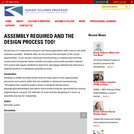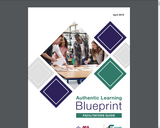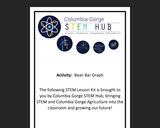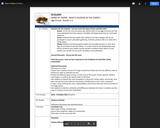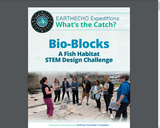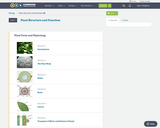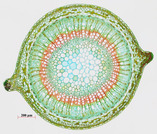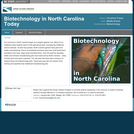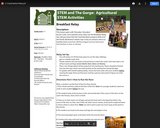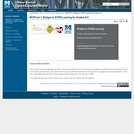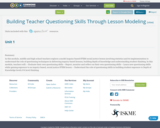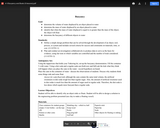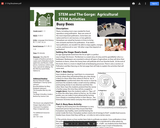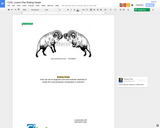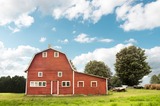
Overview: Math in Real Life (MiRL) supports the expansion of regional networks to create an environment of innovation in math teaching and learning. The focus on applied mathematics supports the natural interconnectedness of math to other disciplines while infusing relevance for students. MiRL supports a limited number of networked math learning communities that focus on developing and testing applied problems in mathematics. The networks help math teachers refine innovative teaching strategies with the guidance of regional partners and the Oregon Department of Education.
- Subject:
- Geometry
- Mathematics
- Material Type:
- Activity/Lab
- Author:
- Mark Freed
- Date Added:
- 08/24/2020
